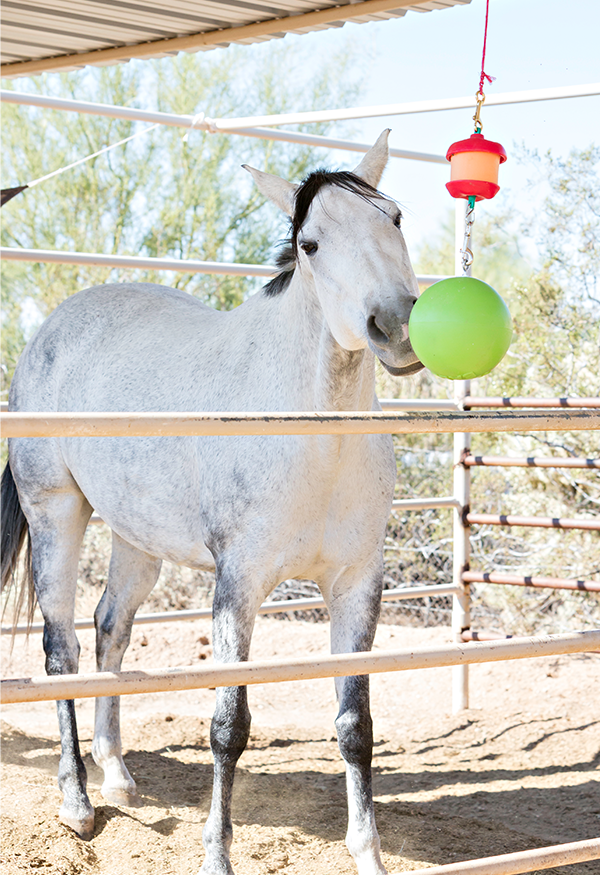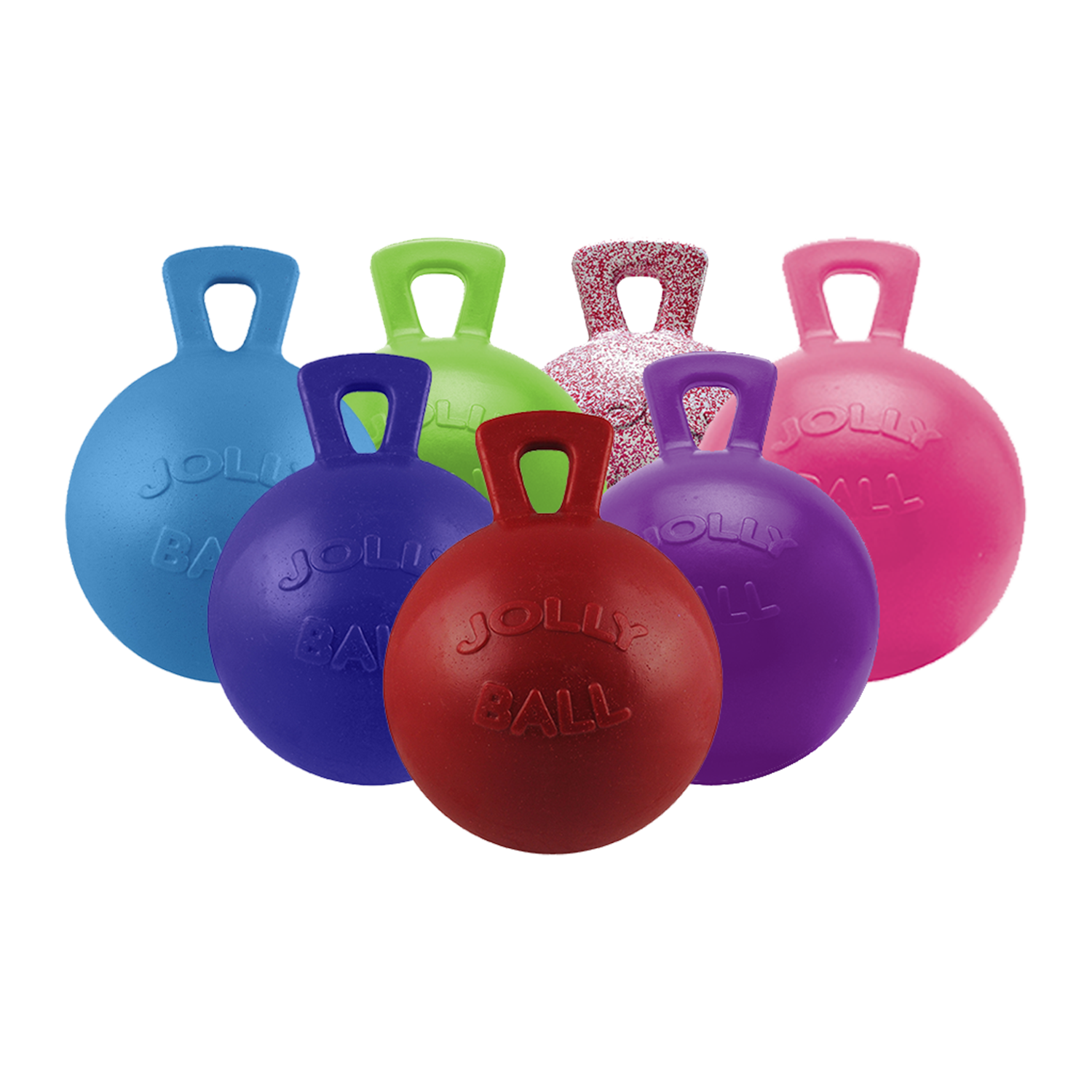Your Cart is Empty
FREE Economy Shipping on orders over $75
Menu

FREE Economy Shipping on orders over $75
Which Stall Bedding is Best? Pros and Cons of Different Stall Bedding
February 28, 2023 3 min read
A stabled horse will spend much of its time in their stall, standing or laying on their bedding. So, it makes sense to want the best bedding for your horse when they spend a lot of time on it. With so many options to choose from, it can be daunting trying to get started. Not to worry. We have compiled a list of different beddings, the pros and cons of each, and what other factors to consider, to get you started on your journey to finding the best bedding for your horse.
When looking to get new bedding for your stall, there are some factors you need to consider in order to make the best decision for you and your horse:
- Expense: bedding is used daily and changed out with high frequency. Be sure to find a quality bedding that fits your budget.
- Absorbency: the bedding needs to soak up moisture to keep the horses healthy and comfortable.
- Palatability: you want to make sure your horse won’t eat their bedding. Use a bedding that is not palatable to your horse. And be sure to use boredom busters in your stalls to prevent boredom which may lead to your horse eating the bedding for lack of activity.
- Cushion: making sure the bedding provides enough cushioning for your horse is essential to the health of your horse’s legs.
- Cleanliness: you don’t want to expose your horse to excessive airborne particles, mold, or bacteria. Make sure the bedding chosen won’t become dusty and stir up unwanted dirty air. Know how often it needs to be cleaned out to avoid mold and bacteria growing in the bedding.
- Labor: stalls must be cleaned out regularly. Be sure to pick a bedding that is easy to clean out. You also want to consider the labor of obtaining the bedding and storing it.
Now that we know what to look for, let’s check out some commonly suggested bedding options, so you can figure out what might work best for you and your horse.
Straw
Straw is a byproduct of wheat and grain production. It is a widely available option for bedding. It can be very aesthetically pleasing in a stall. Additionally, straw can be very soft, if harvested and chopped correctly, encouraging horses to lie down and get more rest. However, straw is not the most absorbent bedding, which can lead to strong unpleasant smells in barns. It can be dusty if chopped too short. If stored improperly, straw can be prone to growing mold. You will have to keep a close eye on it and make sure it is stored safely. While straw is less palatable than hay, horses may still try to eat it.
Wood Products
Wood beddings come in a variety of types: Shavings, Sawdust, and Pellets. Wood shavings and sawdust are more absorbent than straw, but they produce more dust as well. Pellets are less dusty and more absorbent but may be more expensive due to their popularity in heating pellet stoves. You have to be careful with wood products as some of them can cause allergic reactions in horses or be too drying. Some wood products can be toxic to horses such as Black Walnut and Maple. Cedar shavings are also best to avoid due to their oily nature. Make sure to check the wood products you purchase to make sure there is not Black Walnut in it, as even standing on Black Walnut for a short period of time can cause serious problems to your horse.
Paper Products
Paper products, such as shredded newspaper, are absorbent and unpalatable to horses. Newspaper is a very common product and can be easy to obtain. While the ink is not toxic, it may stain a light coated horse. Given how easily paper gets wet, newspaper bedding should be cleaned thoroughly at least every 24 hours.
Other
Some other options for bedding include: Flax where it’s available because it is fairly absorbent; Sand because it is easy to clean, but may irritate the horse; Peanut and rice hulls when available.
Want more? Click here for more fun and helpful content!
HAVING A JOLLY GOOD TIME?
Keep the good times going! Sign up to receive monthly treats directly to your inbox!

TAKE 10% OFF
Signup for emails and take 10% off your first order!

















